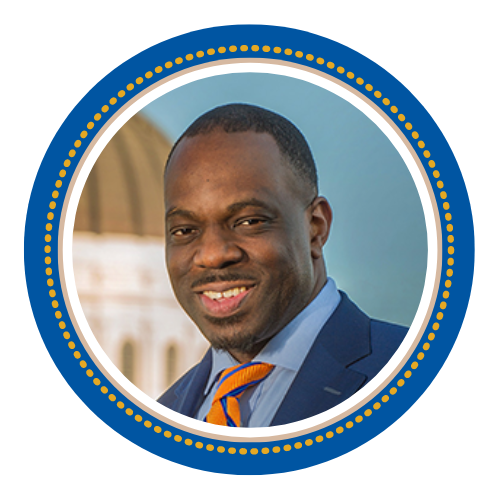- 408-924-7560
- mineta-institute@sjsu.edu
- Donate
Investigating the Future of Transportation
Watch the Videobook
Foreword
Motivation
The pandemic brought a strategic inflection point (SIP) to the world and eco-system of transportation. Before the Covid pandemic, the transportation industry was in a state of upheaval due to the entrance of new tech-driven on-demand mobility services such as Uber, Doordash, and Lime. Long-standing travel habits such as driving to the store were starting to change and be replaced by ride-hailing, home delivery, and using shared bikes or e-scooters instead of a car. During the Covid crisis, people had to adapt their travel behavior even more, abandoning their commute under shelter-in-place orders and starting to bike and walk more around their local neighborhood. New high-tech mobility options like flying taxis and space tourism were making headlines during the pandemic, yet people were actually buying traditional reliable options like used cars and bicycles in unprecedented numbers. Public transit ridership plummeted to historic lows, calling its survival into question, while fixed routes began to be replaced by on-demand services.
Course Content
This course featured a project investigating the question of what happens next. Which long-term trends boosted by the pandemic are here to stay? Will some travel return to pre-pandemic norms? What new technological and institutional adaptations are required to serve the “new normal” for travel demand and traffic? We addressed these questions using a mixed-methods approach. First, the students conducted a review of the scientific and news literature to assess the emerging trends and understanding in the public dialogue on these topics. This review was used to generate interview questions with leading experts and practitioners, including MTI Board Members and Research Associates. The students also produced introductory and conclusion videos presenting their findings.
We then interviewed leading entrepreneurs, technologists, executives, leading experts, and top government officials in mobility and transportation businesses for their thoughts and opinions about their predications and expectations, after the pandemic is over. Which aspects of personal and goods transportation would return to pre-pandemic norms? Which pandemic adaptation trends would stick and create a new normal? How would emerging technologies continue to change mobility? These interviews were video recorded on a videoconferencing platform (e.g. Zoom). We asked for consent from interviewees to share and disseminate the content. Once they agreed to participate, they were given a set of questions to aid with preparation.
At the conclusion of the course, the students became knowledgeable about the impacts of the Covid pandemic on the transportation system, including travel demand, traffic, transit ridership, and on-demand modes. They also understood the management challenges faced by private and public sector leaders, how they adapted to the pandemic, and how they are preparing for the “new normal.”
List of Interviewees
ANDREA BROADDUS, PHD
Dr. Andrea Broaddus is an MTI Research Associate and transportation policy expert focused on managing the demand for travel through behavioral incentives and land use practices. She has published articles on road pricing and transit-oriented development and has served as a lecturer at UC Berkeley and San Jose State since 2010.
GURMEET NAROOLA
Gurmeet Naroola is an SJSU Adjunct Professor who taught MSTM classes with Dr. Broaddus, seasoned entrepreneur, executive, and author, having held key positions at SunPower, Apple, Sanmina, and Panasonic in business development, quality, global operations, and customer management. He currently heads Strategy and Business Development for GenZe, a manufacturer of zero-emission personal transportation devices.
Students participating in this investigation are Leila Hajalilou, Carla Mays, Edwin Miranda, Jay Washburn, Mike Dang, David Capelli, Justin Windus, and Jonathan Stekette
-
Contact Us
San José State University One Washington Square, San Jose, CA 95192 Phone: 408-924-7560 Email: mineta-institute@sjsu.edu





















